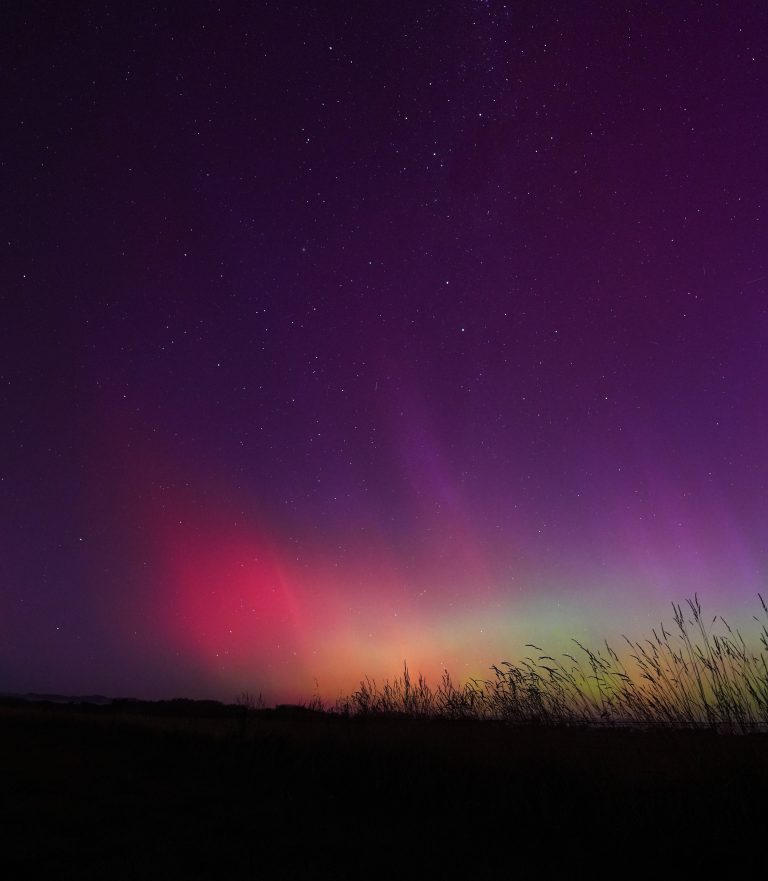
Embracing the Full You 🎨
Embracing the Full You 🎨 The softness that comforts and the boldness that inspires. The Snap Happy philosophy reminds us that wellbeing begins by noticing all our facets—our laughter, our
Stargazing under a blanket of twinkling stars is an awe-inspiring experience, and capturing those celestial wonders through astrophotography can elevate that magic to new heights.
Whether you’re a budding enthusiast or a seasoned shutterbug, having the right night photography essentials can make all the difference in your stargazing adventures.
From sturdy tripods to high-quality cameras, the right astrophotography gear ensures that every snapshot is a masterpiece.
Layer up in warm stargazing clothing and bring along a trusty star chart app to make navigating the night sky a breeze. Ready to gear up for an unforgettable night under the stars?
Let’s dive into the essential gear for stargazing that will make your astrophotography outings truly stellar. Check out Kaikoura Dark Sky for more stargazing tips.

To capture breathtaking images of the night sky, you’ll need to invest in some essential astrophotography gear. The right equipment can transform your stargazing experience and elevate your photography skills. From tripods to cameras and lenses, let’s explore the must-haves for a successful astrophotography session.
A sturdy tripod is crucial for stabilizing your camera during long exposures. When selecting the best tripods for astrophotography, consider factors such as weight, height, and material. Carbon fiber tripods are lightweight and durable, making them ideal for travel and long nights outdoors.
Assess the Stability: Ensure the tripod can withstand wind and uneven terrain.
Check the Weight: Lighter tripods are easier to carry, but they must still support your camera’s weight.
Adjustable Height: A tripod that extends and contracts easily will offer more flexibility.
Real-world examples show that investing in a quality tripod can significantly enhance image clarity. Users have reported sharper images and less camera shake when using robust tripods.
For more information, visit Chameleon Stargazing to find top-rated tripods.
Choosing a high-quality camera is key to capturing celestial wonders. DSLR and mirrorless cameras are both excellent choices, offering manual settings and interchangeable lenses. Full-frame sensors are preferred for their superior low-light performance.
Canon EOS R5: Offers excellent low-light capabilities.
Nikon Z6: Known for its dynamic range and image quality.
Sony A7 III: Popular for its versatility and affordability.
Beginner photographers can start with cameras that have beginner-friendly interfaces and automatic settings for ease of use.
Investing in a camera with good ISO performance will allow you to capture vivid images even in dim conditions.
Lenses play a crucial role in astrophotography. Wide-angle lenses are preferred for capturing expansive night skies. A lens with a low f-stop number (f/2.8 or lower) will perform better in low light.
Rokinon 14mm f/2.8: Affordable and great for wide shots.
Sigma 20mm f/1.4: Offers a larger aperture for more light intake.
Canon RF 15-35mm f/2.8: Versatile zoom range and sharp images.
Choosing the right lens can help you capture more stars and detail in your astrophotography. Beginners should look for lenses that offer good value for money without compromising on quality.
Staying comfortable and navigating the night sky effectively are crucial components of a successful astrophotography outing. Here are some tips on how to prepare for your night under the stars.
Being adequately dressed can make or break your stargazing experience. Stargazing clothing should be warm, comfortable, and layered to adapt to temperature changes.
Layer Up: Wear thermal wear, a warm jacket, and a hat to retain body heat.
Waterproof Gear: Protect yourself from dew and unexpected weather changes.
Comfortable Footwear: Insulated boots can keep your feet warm.
Experienced stargazers recommend dressing warmer than you might expect. Temperatures drop significantly at night, especially when you’re stationary.
A star chart app is an invaluable tool for navigating the night sky. These apps provide real-time data and help you identify constellations and celestial events.
SkySafari: Detailed star maps and telescope control.
Stellarium: Offers realistic sky simulations.
Star Walk 2: User-friendly interface ideal for beginners.
Using a star chart app can enhance your understanding of the night sky and guide your photography sessions.
For more on choosing the right app, visit Chameleon Stargazing.
Long nights of photography require ample power. Extra batteries are essential to ensure your camera doesn’t die just as you spot the perfect shot.
Pack Multiple Batteries: Cold weather can drain battery life quickly.
Use a Battery Grip: Doubles your camera’s battery capacity.
Portable Chargers: Useful for recharging batteries on the go.
Many photographers have experienced missed opportunities due to lack of power. Always carry more than you think you’ll need to be prepared.
Once you’ve got the essentials, it’s time to focus on refining your skills and techniques. Here are some ways to enhance your night photography experience.
To capture stunning night sky images, follow these astrophotography tips. Understanding the basics of exposure, composition, and focusing will improve your results.
Use Manual Mode: Control ISO, shutter speed, and aperture.
Focus Manually: Autofocus struggles in low light.
Experiment with Composition: Include foreground elements for depth.
Practicing regularly will help you learn how different settings affect your photos. Review your images to identify areas for improvement.
Joining a group stargazing session can be an enriching experience. Sharing tips and knowledge with others can enhance your skills and enjoyment.
Meet New People: Connect with like-minded enthusiasts.
Learn from Experts: Gain insights from experienced photographers.
Share Ideas: Discuss equipment and techniques.
Many stargazers find that group outings provide motivation and inspiration. It’s a great way to learn and grow in your astrophotography journey.
Protecting your astrophotography gear is essential. Ensure your equipment is safe from environmental hazards and theft.
Use a Padded Bag: Protect against bumps and drops.
Avoid Moisture: Use desiccants to prevent condensation.
Secure Your Area: Keep an eye on your gear in public spaces.
Real-world examples show that taking preventive measures can save you from costly repairs or replacements. Always be vigilant and prepared to safeguard your investments.
For more tips on astrophotography and stargazing, don’t forget to visit Chameleon Stargazing.

Embracing the Full You 🎨 The softness that comforts and the boldness that inspires. The Snap Happy philosophy reminds us that wellbeing begins by noticing all our facets—our laughter, our

A Guide to Your Emotions How Creativity Can Light the Way We all experience emotions – joy, sadness, fear, frustration, excitement, and everything in between. They’re part of being human.

Move My Mood How Motion Sparks Joy and Connection There’s an undeniable magic in movement. Whether it’s a brisk walk, a dance around the kitchen, or a spirited game of
